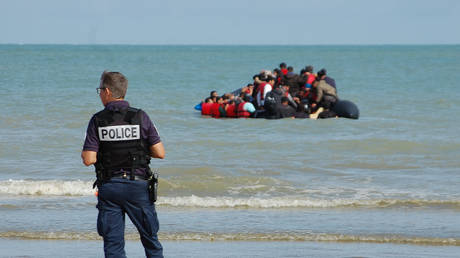Will Mormons take over Britain?

By Gavin Haynes
n 1829, there were six Mormons in the world. Today, there are 16 million global followers of The Church of Jesus Christ of the Latter-day Saints.
This is what a growth plan, a bit of drive, and some golden tablets containing God’s final revelation can do for a fledgling religion. In 1989, Mormonism’s growth peaked at 9% a year. And even in shagged-out old England, Mormonism appears to be growing. Plans are now in for its third temple, in Sutton Coldfield in the West Midlands.
Temples are the deluxe end of Mormonism. To enter one, the devout need official permission from the bishops of the church. They are likely to be on high-level business: a wedding, or a baptism.
This third outpost will cover the West of England and Wales, servicing the nation’s estimated 186,000 Mormons. By comparison, there are a reported 132,000 Jehovah’s Witnesses in the country while the Salvation Army lists its headcount at around 54,000. The Plymouth Brethren are 16,000-strong. In 2016, the Methodist Church — the religion of Margaret Thatcher and the early Labour Party, and the very backbone of a certain kind of Enlightenment England — reported that it had only 188,000 active members.
Curiously, by the 1860s there were 30,000 Mormons in Britain — more than in Utah itself (26,000). But most emigrated — in fact, at one point Brits comprised a third of Utah’s population — so that by the 1960s there were just 6,000 Latter-day Saints left on these isles.
There might be something unsettling about a religion explicitly based upon the notion that Jesus visited North American deepening its tendrils in England. But what it shows is that things change. The map of British faith is still contested — and not just by the endless importation of diverse peoples.
It shows that, as much as we might be becoming a more secular country (the “no religion” tribe being up 12%, to 37% of the total, between the 2011 and 2021 Censuses), we are also becoming a more religious one.



